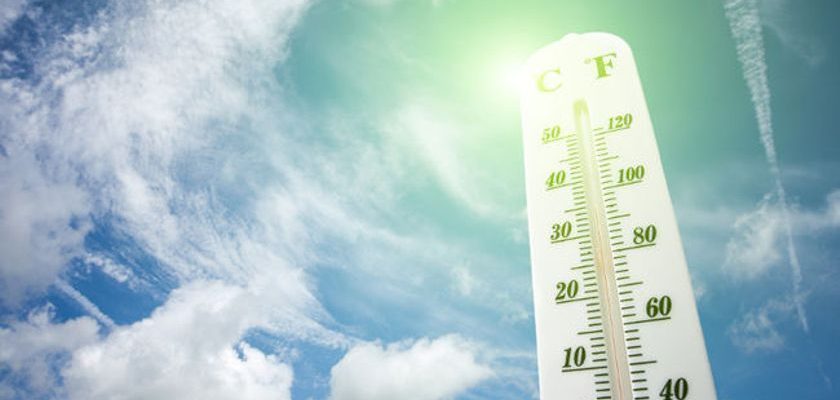Huron Perth public health has issued a heat warning for Huron and Perth counties as the region enters a multi-day heat event forecasted to end on Thursday.
Environment Canada has forecasted maximum daily temperatures in the high 20s and low 30s, with night-time temperatures in the high teens to low 20s, over the next few days. Humidex values are expected to reach the high 30 to low 40s.
Heat warnings are issued by when high temperatures or humidity are expected to pose an elevated risk of heat-related illnesses such as heat stroke or heat exhaustion.
While extreme heat can put everyone at risk from heat illnesses, health risks are greatest for:
- older adults;
- infants and young children;
- people with chronic illnesses such as breathing difficulties, heart conditions or psychiatric illnesses;
- people who work in the heat;
- people who exercise in the heat;
- people experiencing homelessness; and
- low-income households that may not have access to air conditioning.
Heat-related illnesses are preventable. Huron Perth public health recommends the following measures as protection from over-exposure to extreme heat:
- Drink plenty of cool liquids, especially water, before you feel thirsty to decrease your risk of dehydration. You may be dehydrated before you start feeling thirsty.
- Reschedule or plan outdoor activities during cooler parts of the day.
- Wear loose-fitting, light-coloured clothing made of breathable fabric.
- Take a break from the heat by spending a few hours in a cool place such as a tree-shaded area or air-conditioned space. Contact your municipality or call 211 for hours and locations of any nearby cooling centres.
- Take cool showers or baths until you feel refreshed.
- Prepare meals that don’t need to be cooked in your oven.
- Block sun out by closing curtains or blinds during the day.
- Avoid sun exposure. Shade yourself by wearing a wide-brimmed, breathable hat or using an umbrella.
- Never leave people or pets inside a parked vehicle or in direct sunlight.
- Check in on neighbours, friends and older family members, especially those with chronic illness, to make sure they are cool and hydrated.
Heat-related illnesses include heat stroke, heat exhaustion, heat fainting, het edema (swelling of hands, feet and ankles), heat rash and heat cramps (muscle cramps). These illnesses can affect a person quickly. Symptoms of heat illness include:
- headache;
- nausea or vomiting;
- dizziness or fainting;
- rapid breathing and heartbeat;
- extreme thirst;
- decreased urination with unusually dark, yellow urine; and
- Changes in behavior in children (ie sleepiness).
If you have any of these symptoms following exposure to high temperatures, immediately move to a cool place an drink water or another liquid.
Symptoms of heat stroke include high body temperature, confusion, being unconscious or stopping sweating. Heatstroke is a medical emergency. Call 911 or your local emergency number immediately if you are caring for someone with symptoms of heat stroke. While waiting for help, cool the person right away by:
- moving them to a cool place, if you can;
- applying cold water to large areas of the skin or clothing; and
- fanning the person as much as possible.
Reduce strenuous activity during periods of extreme heat and plan physical activities for cooler parts of the day. Exercise in an air-conditioned place or a cooler outdoor location such as a tree-shaded area away from high traffic to avoid high levels of air pollution. Pollution levels tend to be higher on hot days.
